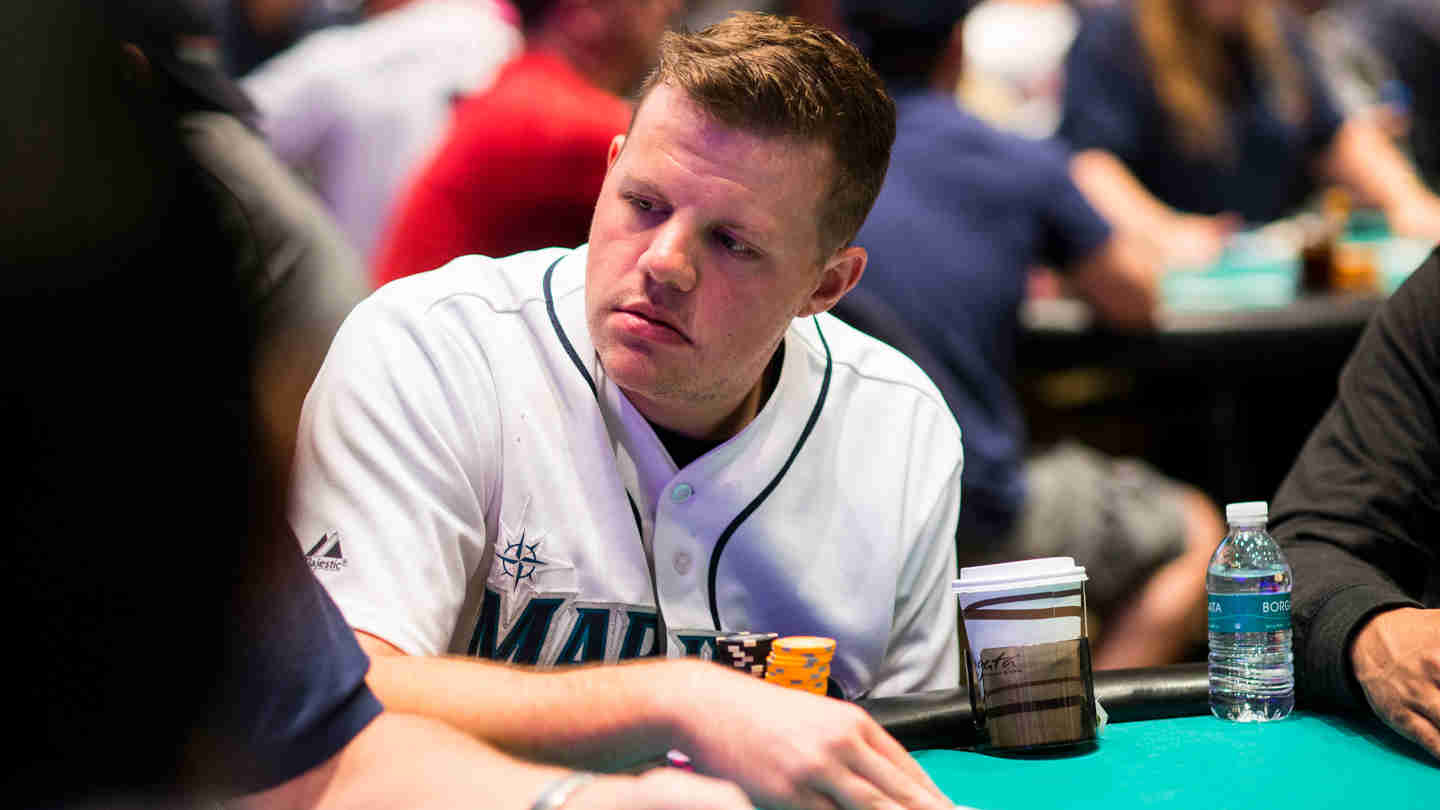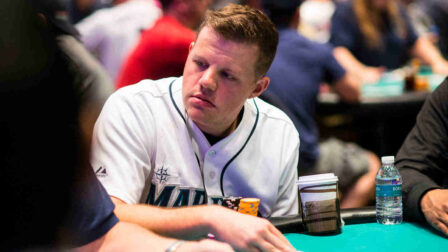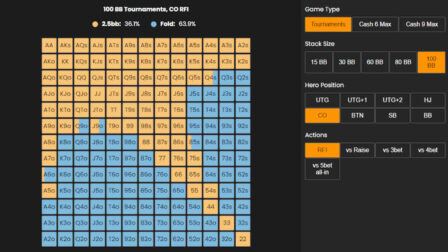Adjusting Your Tournament Strategy Based on the Stack Size
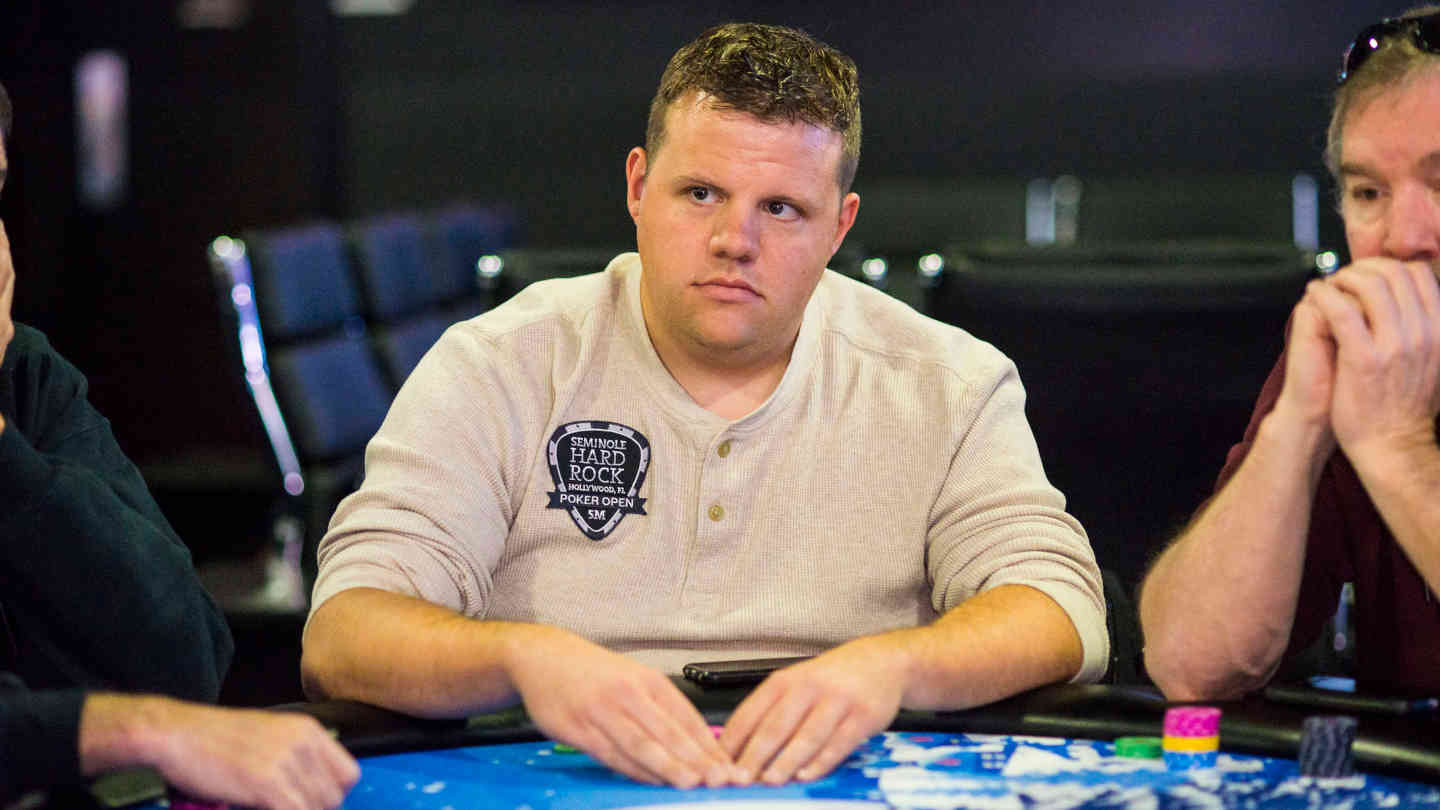
4 minutes
Last Updated: April 30, 2024
If you want to increase your edge at the tables even further, make sure to check the Pokercoaching training site.
…
In this article, I’ll discuss tournament stacks and adjustments you need to make based on the stack size. This is actually one of the easier things you can fix in your game, but also one of the more common mistakes players make.
This lesson was inspired by a few questions I got from one of my students after he made a deep run in a tournament. Some of these questions were:
- What adjustments to make throughout the tournament as stack sizes shrink?
- What adjustments to make when you have 100bb but other stacks are around 25bb?
- How do stack sizes affect my ranges?
The main focus will be on the third one, i.e., the effect that stack sizes have on our opening and 3-betting ranges and what adjustments you need to make at different stack depths.
–
Hand Values & Stack Sizes
Values of certain hand groups change quite significantly depending on the stack size in a tournament. As stack sizes decrease, the value of off-suit hands containing big cards increases. Conversely, as the stack size increases, hands like suited connectors and small pocket pairs gain in value.
When you’re playing 150+ big blinds deep, you should be looking to get involved with holdings that can make poker hands stronger than a top pair. As you reach the 50bb territory, hands with the potential to flop a strong top pair become much more valuable.
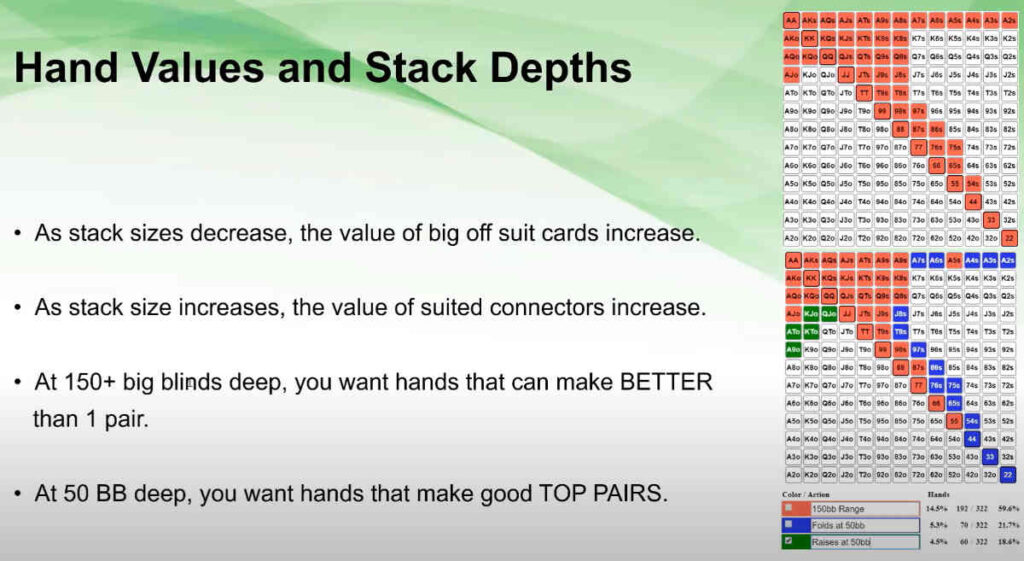
The image above shows two charts. The top chart shows the range of hands we’ll be opening with at 150bb. As you can see, we are raising only a very limited number of off-suit hands, and the RFI range heavily gravitates toward suited cards and pocket pairs. These are hands that stand to make flushes, straights, and sets.
The bottom graph shows 50bb ranges, and you’ll notice that many suited hands from the top graph are now not included (marked in blue). At the same time, there are now some off-suit hands containing big cards (marked in green) added to the opening range.
The percentage of hands we raise with remains virtually the same, but at 50 big blinds, we shift away from small pocket pairs, lower suited aces, and smaller suite connectors toward more off-suit Broadway hands.
When we are deep stacked (150 – 200bb), the playability of hands is the most important factor. So, pocket pairs are more valuable for their set potential, while hands that usually make good top pairs aren’t as attractive as we’re not looking to stack off with a single pair.
At the 50 big blind mark, off-suit Broadway hands become more valuable as top pairs are strong enough to stack off with in 3-bet pots. Additionally, these hands have very important blocker properties.
3-Bet Adjustments
Like your opening ranges, your 3-betting ranges will be different depending on the stack size. At 150bb, you’ll be heavily oriented towards suited connectors and wheel aces. One problem many weaker players have when playing deep stacked is they don’t bluff enough when they 3-bet.
For example, against a weak player, who I know is never bluffing, when they 3-bet, I’ll call, and if the flop comes something like 567, I’ll pound on them. His range doesn’t hit that board at all, and it will be very hard to play here even if they have a hand like AA or KK deep stacked.
At 50bb, our will gravitate towards bigger suited Ax hands and off suite Broadways. When playing with 50 bigs, we have a wider value range as it is easier to stack off.
At this stack depth, our bluffing range doesn’t include smaller suited connectors but instead hands like KT, KJ, and AJ off. We are more concerned about blockers now, focusing on hands that block their shoving range. With these hands, we will also often see flops and get strong top pairs, making our post flop decisions easy.
One thing worth discussing in this context is why we want to 3-bet with a hand like KJo or KTo but only call with KQo, and even some good players struggle with this concept.
The basic premise is quite simple. When you are 3-betting, you are either bluffing or doing it for value. With a hand like KTo, we get folds from KJo and even KQo, i.e., hands that have like 70% equity against us.
When we do it with KQ, we are never folding AK and AQ, and we only manage to fold out hands like KJ and KT that we dominate and that we want to play against on the flop.
Stack to Pot Ratio (SPR) Considerations
Stack to Pot (SPR) ratio directly influences hand playability, and SPR is driven by stack depths. A general rule of thumb is that if SPR is less than 5, your good top pairs become good enough to stack off with. It is very easy to get stacks in at this depth without big bets.
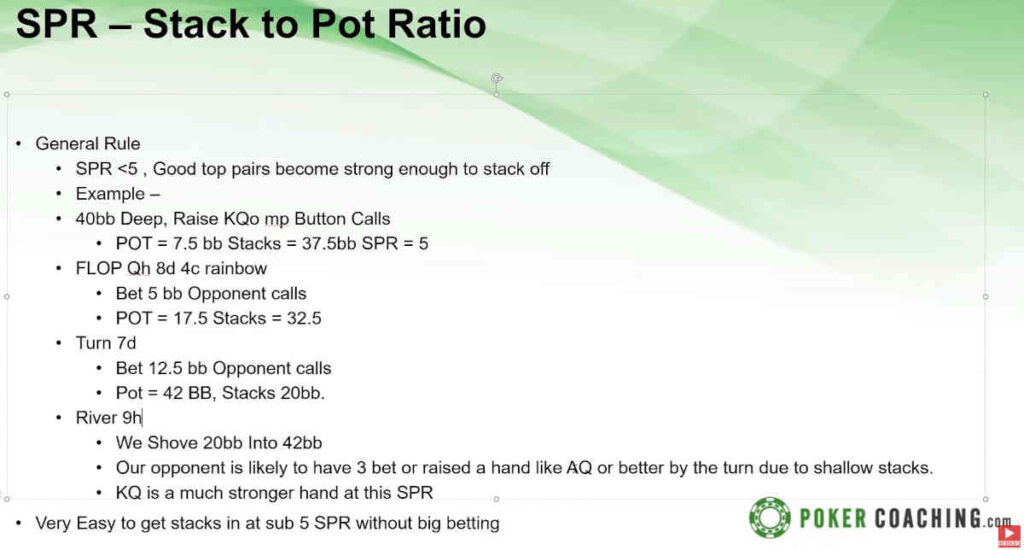
When SPR gets over 5, you want to be more careful with the top pair. As the SPR gets shallower, hand values increase. As it increases, you start needing a stronger hand to get the stack in the middle.
So, once SPR goes over 5, you’ll need to exercise caution with hands like good top pairs and look for stronger holdings to play for all the chips.
This is just another way of looking at what we’ve covered in this article already, but it’s a very useful tool to help you figure out how to proceed with certain groups of hands at different stack depths.







